Killhope Lead Mine
Building In Bishop Auckland, County Durham
A restored 19th century mining museum in the centre of the North Pennines Area of Outstanding Natural Beauty, where you can experience the life and work of the lead mining families of the North Pennines.
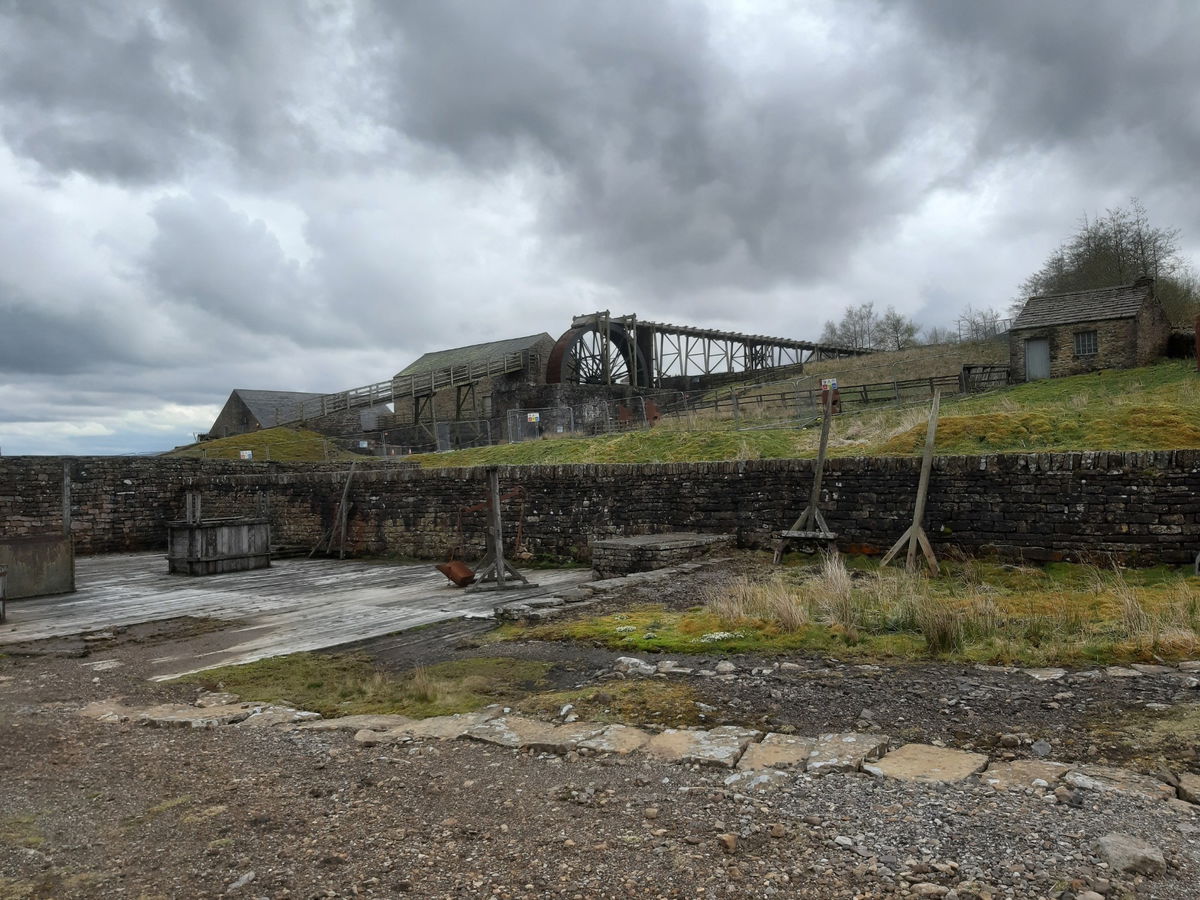
Killhope Lead Mine, or The North of England Lead Mining Museum to give it its formal title is situated in the heart of the North Pennines Area of Outstanding Natural Beauty, an area that, in 2003, was designated the first Geopark in Great Britain.


Lead ore in the North Pennines occurs in mineralised veins within the Carboniferous rocks of the area. Until the mid-19th century, exploitation of these ore bodies was mostly confined to surface excavations and vertical shafts. From 1818, mining in the area was controlled by W B Lead Co, a mining company established by the Blacketts, a prominent Newcastle family which had leased mining rights in Weardale from the Bishop of Durham.

In 1853, W B Lead began driving the Park Level Mine, which eventually intersected 11 mineral veins. As the mine developed, so did the surface workings. In 1858, a "mineshop" was built to accommodate the miners; the population density in such a remote area was very low and, until then, miners had been faced with a long daily walk to and from the mine. In 1862, storage bays ("bouse teams") were constructed, to store the raw lead ore (the "bouse"), and washing rakes were installed, in which water was used to separate the lead ore in the bouse from the waste material. In 1878, soon after the mine struck the richest of the veins, the Park Level Mill was brought into operation, to speed up the process of washing the ore. The main feature of the mill was a large waterwheel, the "Killhope Wheel". This was 10m in diameter and constructed by Armstrong Whitworth & Co. LTD, owned by our friend William Armstrong of Cragside fame!
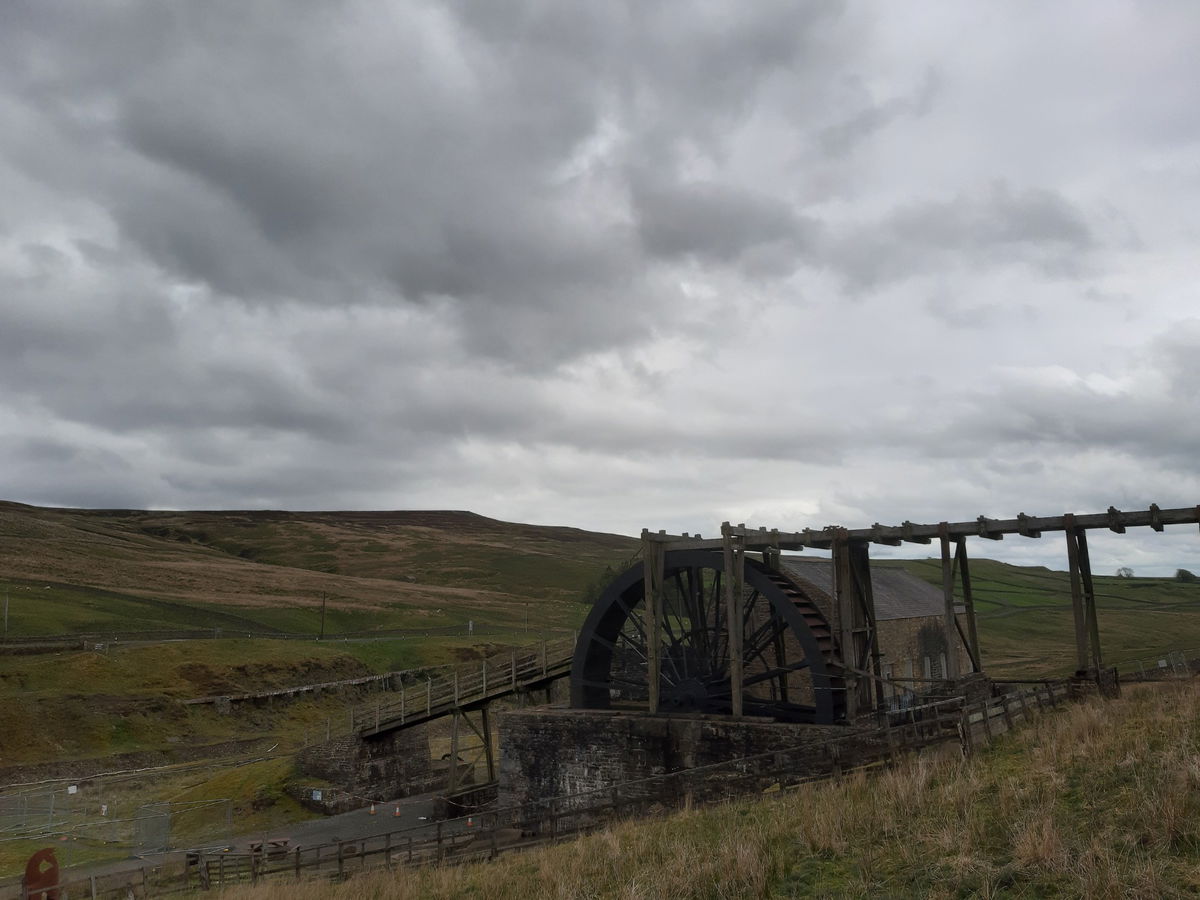
Not long after the Park Level Mill came into use, the price of lead plummeted, rendering lead-mining in Weardale uneconomic and, in 1883, W B Lead closed all of its operations in the district. The Park Level Mine was taken over by another company, Weardale Lead, which continued to operate it until 1910, when production ceased. The mine was re-opened briefly in 1916, during the First World War, after which it lay derelict for over 60 years, during which time the buildings crumbled and any equipment that could be removed was salvaged for scrap.
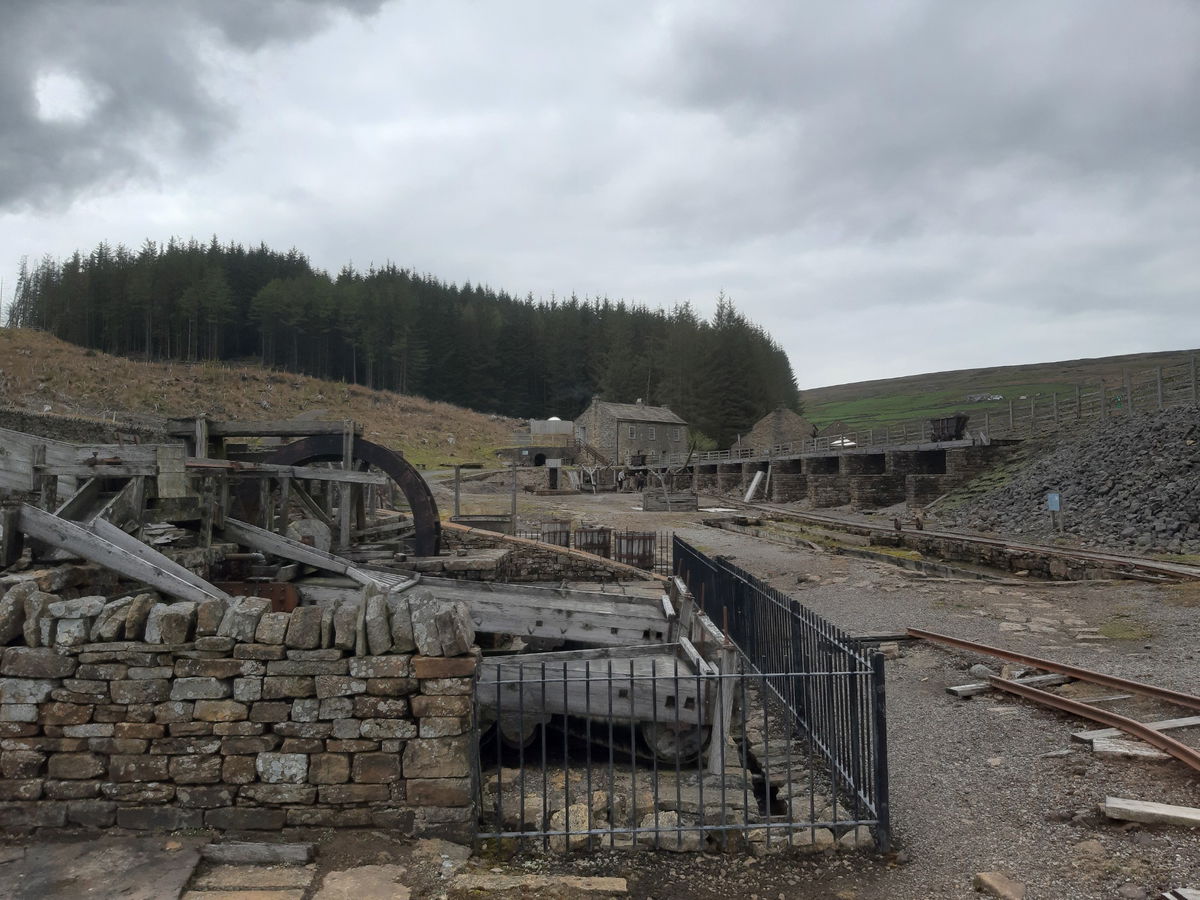
Between 1818 and 1883, records show that W B Lead extracted over 31,200 tonnes of lead concentrates from the Killhope operations; between 1884 and 1916, Weardale Lead extracted a further 9,000 tonnes. Taking in the period before 1818, for which there are no records, it is thought that total output from Killhope may have exceeded 60,000 tonnes. In addition, 180 tonnes of zinc concentrates were recovered in the 1950s by treatment of some of the waste material.


By 1980, the Killhope Wheel was facing demolition, the washing floor had become a marshy field, and the rest of the site was decaying. In that year, Durham County Council took over the site and began a programme of restoration. First to be restored was the "mineshop", which was opened to the public in May 1984. The Killhope Wheel was restored to working order in 1991 and the mine itself was opened in 1996.
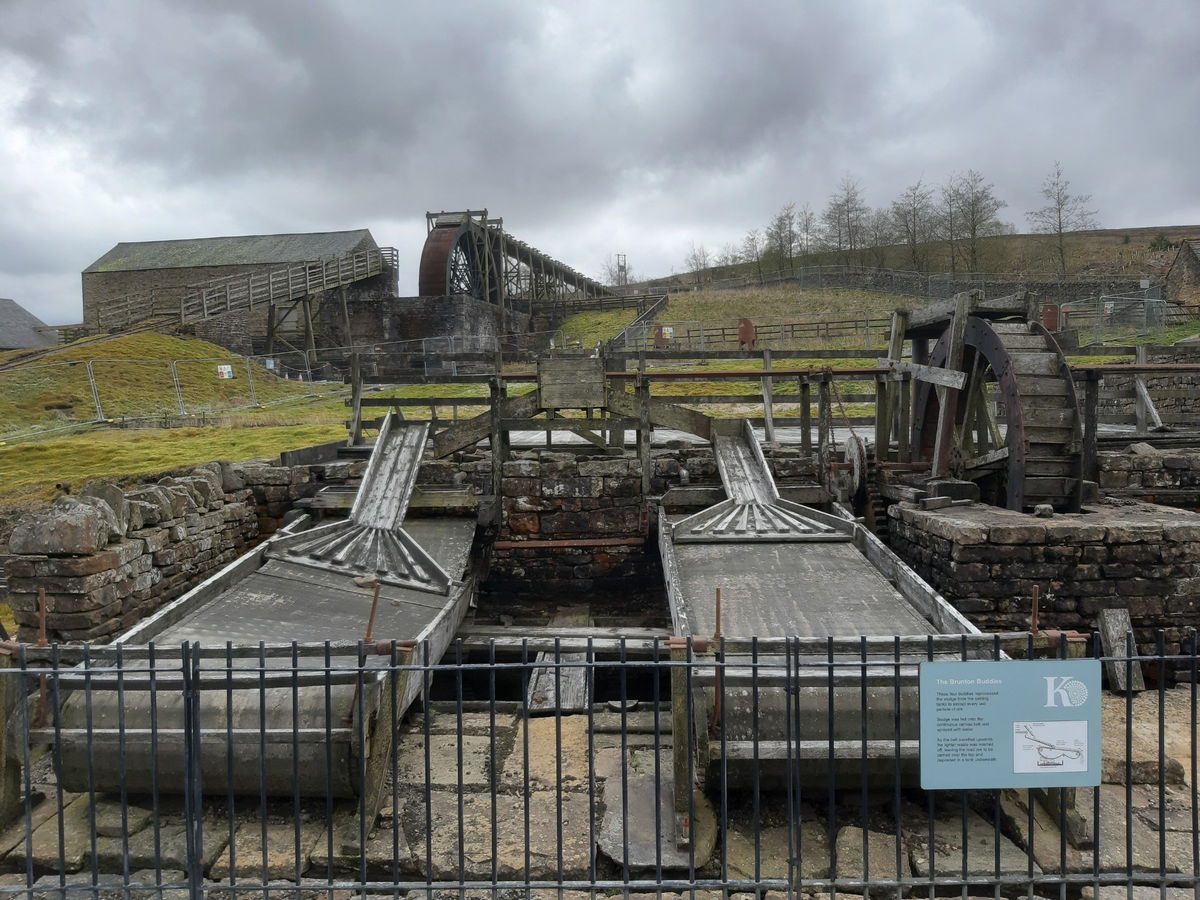
It had been hoped that the existing mine could be restored to allow access by the public, but though the Park Level was found to be generally in sound condition, and the first 100 metres has been used as an access route, the area in the vicinity of the first vein workings was badly collapsed and unsafe. Reconstruction therefore consisted of constructing a new 'artificial' mine within a chamber that was excavated from the surface. Within this artificial mine, the rock surfaces are actually fibreglass casts, taken not just from Killhope but also from mines in the Nenthead district in nearby Cumbria. Despite their artificial nature, the casts faithfully represent the appearance and texture of the real rock. The water in the mine is definitely genuine and its advised you bring wellies if you don't want to end up with damp feet from having to plodge through it!

There are woodland walks and a large population of red squirrels here, however as of May 2022 the walk was closed due to damage from Storm Arwen. There is a lovely little café though, which does a cracking cup of coffee and cake! The museum is open every day between 1 April and 31 October, but is closed (except to pre-booked groups) during the winter months, when weather conditions in the area can be severe.
Get 3 points if you have visited this place. Already visited by 90 VIPs.
Login to the VIP area to add places to your bucket list, mark them as visited and more importantly see where you rank on the league table.
How To Find Killhope Lead Mine
Where Is Killhope Lead Mine?
Lat / Long
54.782759, -2.272564
What three words
Where To Park For Killhope Lead Mine?
Lat / Long
54.783137, 54.783137
What three words
There is parking on site a short walk from the entrance building, cafe and shop.
Contributed by Andrew Gardner
I love being outdoors, in nature, and experiencing the relaxation it brings. Wandering through the northern countryside seeing unexpected buildings, historic places and occasionally surprised wildlife is one of life's great pleasures.
More Places from Andrew
More Places In Bishop Auckland
Find more fabulous places in Bishop Auckland, County Durham and if you know of a place we haven't listed, then let us know.
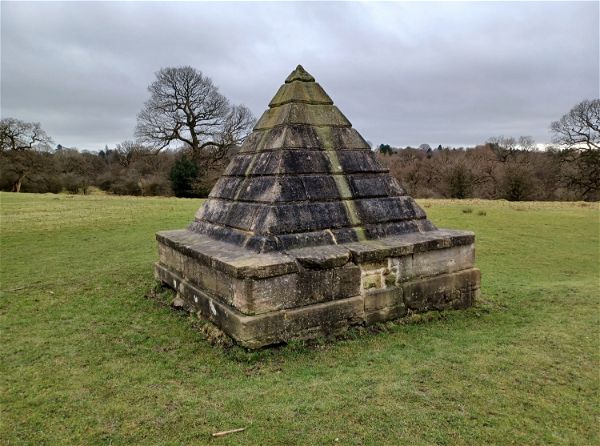
Auckland Park Pyramid
Obelisk Bishop Auckland County DurhamA decorative well head built in the 18th century.
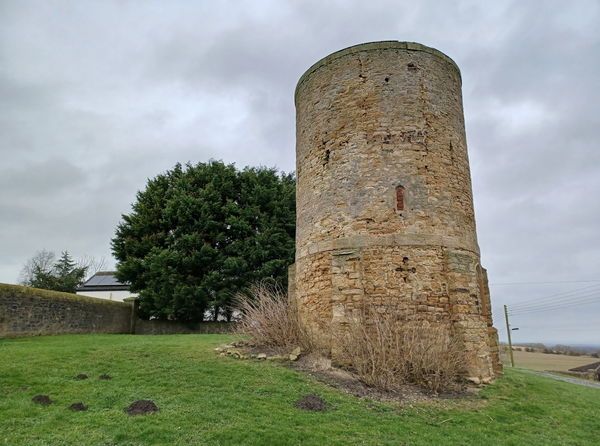
Thomas Wright Observatory
Folly Bishop Auckland County DurhamObservatory dating from 1765, built by local astronomer Thomas Wright.

Escomb Saxon Church
Religious Place Bishop Auckland County DurhamFounded about AD 670–675, it is one of the oldest Anglo-Saxon churches in England.
More Buildings
So this building wasn't enough and you want more? Don't worry we have you covered.
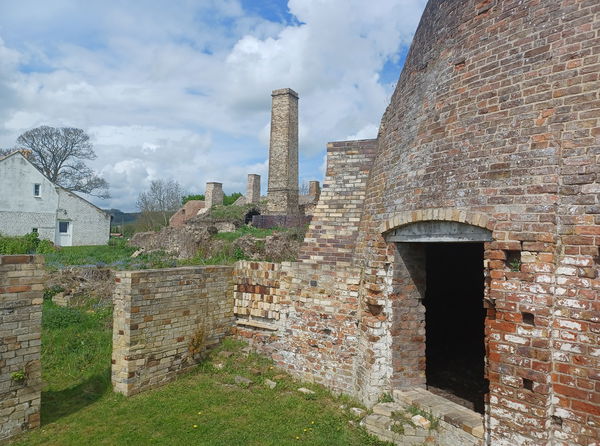
The Old Pottery
Building Corbridge NorthumberlandOld 19th century pottery on the outskirts of Corbridge, previously known as Walker's Pottery.

Baltic Centre for Contemporary Art
Building Gateshead Tyne And WearOld flour mill converted into a contemporary art gallery in 2002.
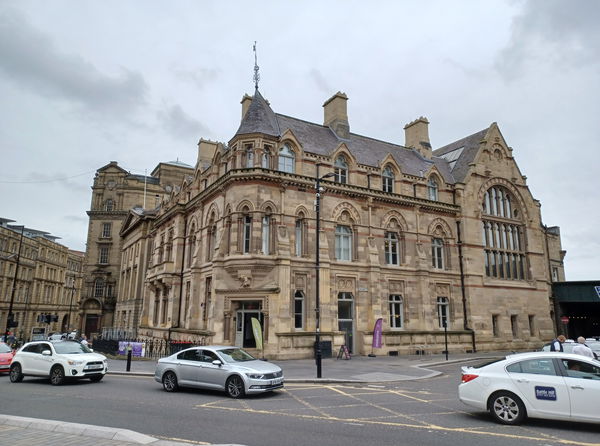
The Mining Institute
Building Newcastle City Centre Tyne And WearThe North of England Institute of Mining and Mechanical Engineers or as it is more commonly known, “The Mining Institute” is one of the finest buildings in Newcastle. It is a Victorian building built at the time when high-Gothic architecture was coming into fashion.
Never Miss A Fabulous Place
If you are afraid of missing out on all the fabulous places we post, or just want to be the first to know, then sign up to the Fabulous North.
Each week we will email you all the brand new places that we visit.
Sign Up To AlertsFind Us On Facebook
We post all our new places daily on our Facebook Groups page, so join the group today and be notified when we add a new place.
Join Our Facebook GroupKillhope Lead Mine was listed in Building // County Durham // Bishop Auckland

